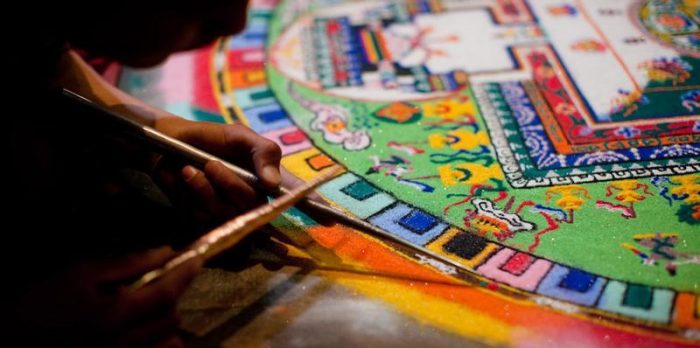Mandalas are circular designs that reflect the wholeness of the person creating them. According to Carl Jung (pronounced Yoong), ” a mandala is the psychological expression of the totality of the self” (1973: 20). Jung, a Swiss psychiatrist, discovered the significance of mandalas through his own inner work.
“I sketched every morning in a notebook a small circular drawing, a mandala, which seemed to correspond to my inner situation at the time. With the help of these drawings I could observe my psychic transformations from day to day…My mandalas were cryptograms…in which I saw the self—that is, my whole being—actively at work.” (1965: 195-196).
How can it be that circular drawings symbolize the wholeness of a person? Is there some unique quality about circles that makes them important in the psychology of human beings? We know that circles have signified the idea of wholeness among many traditional peoples (Arien, 1992). Why should modern people feel compelled to draw circles and create mandalas? A review of research in psychology and child development suggests that circles are part of the fundamental structuring of personal identity.
Read more on corespirit.com



Read 0 comments and reply